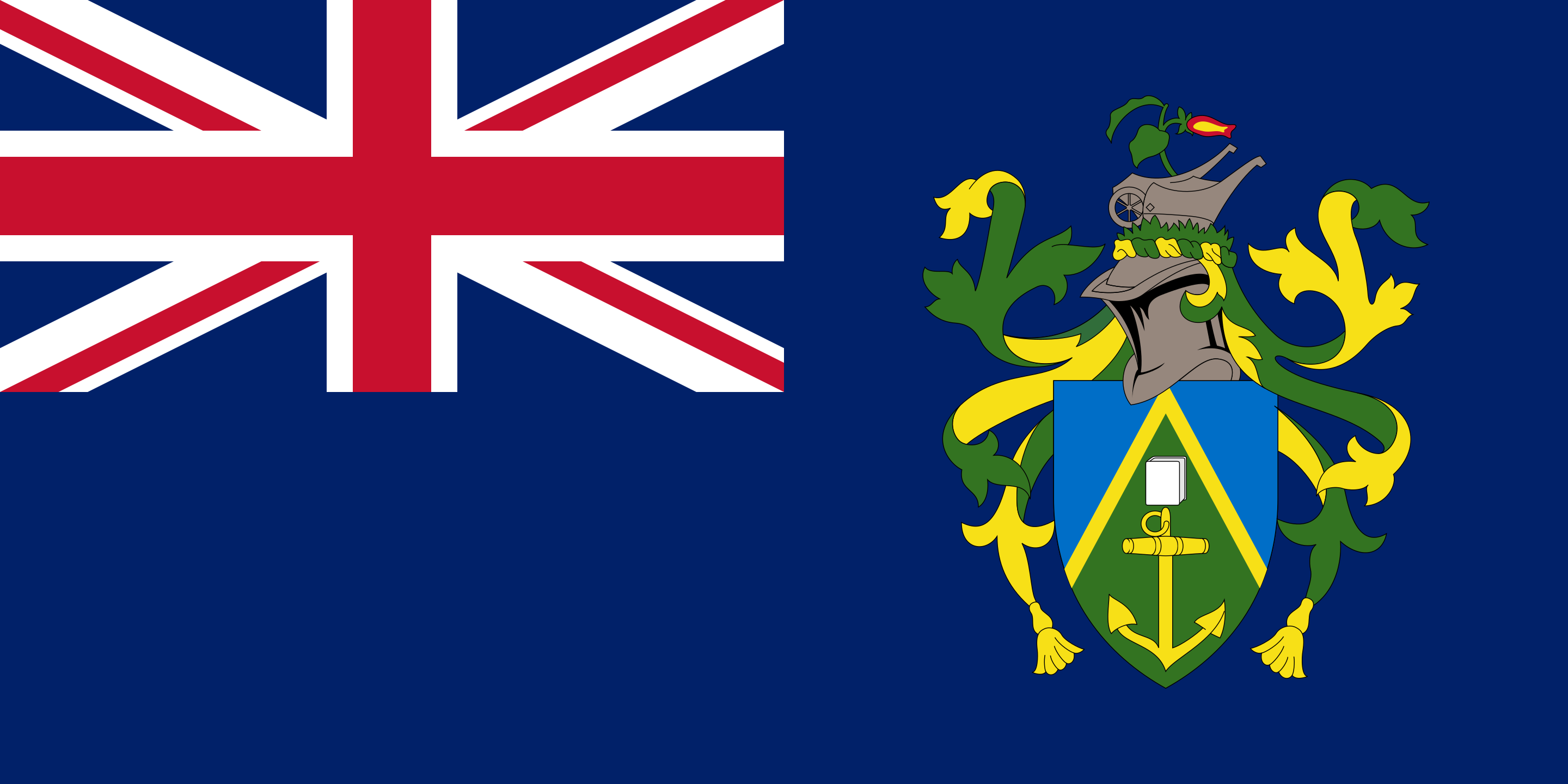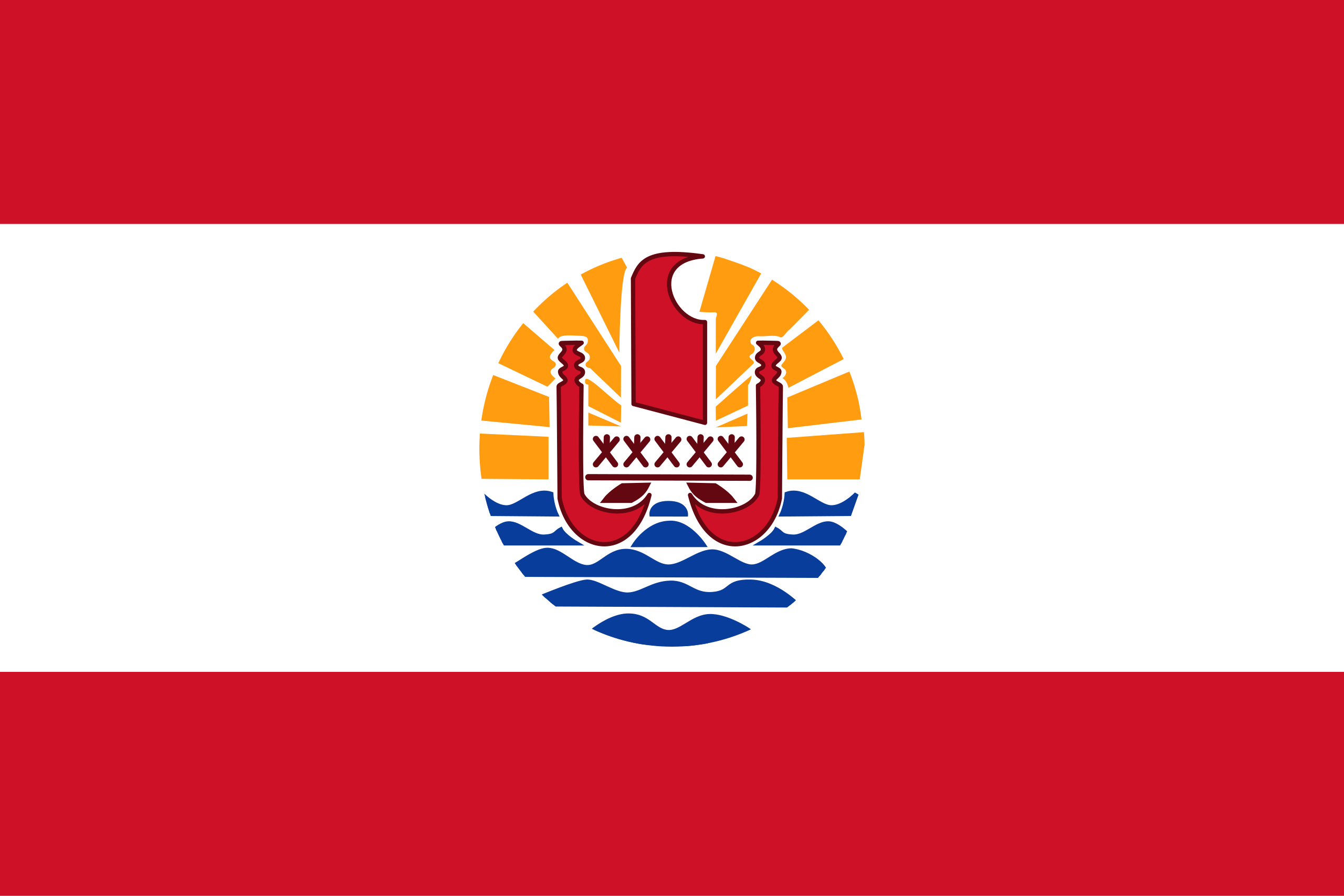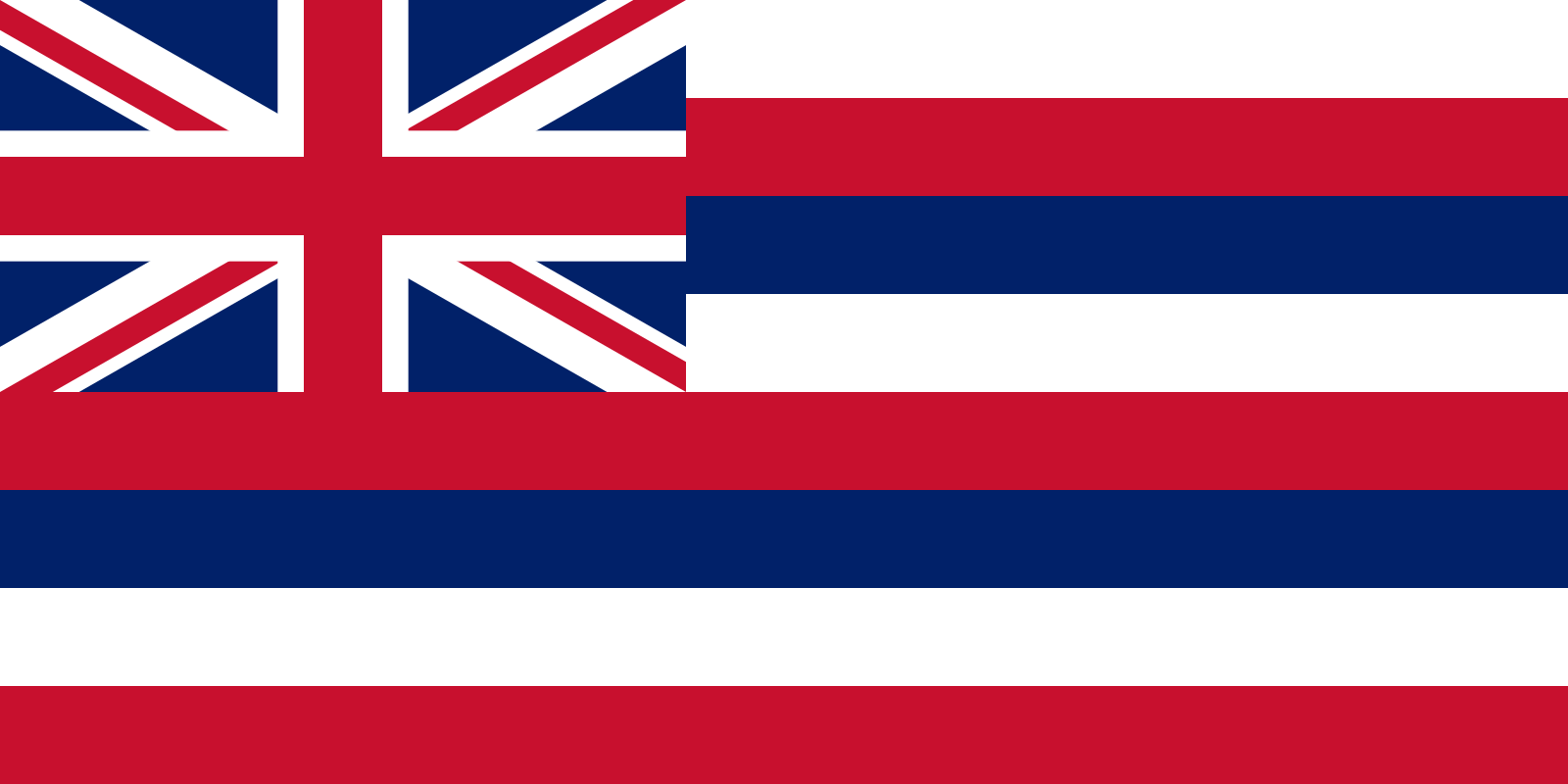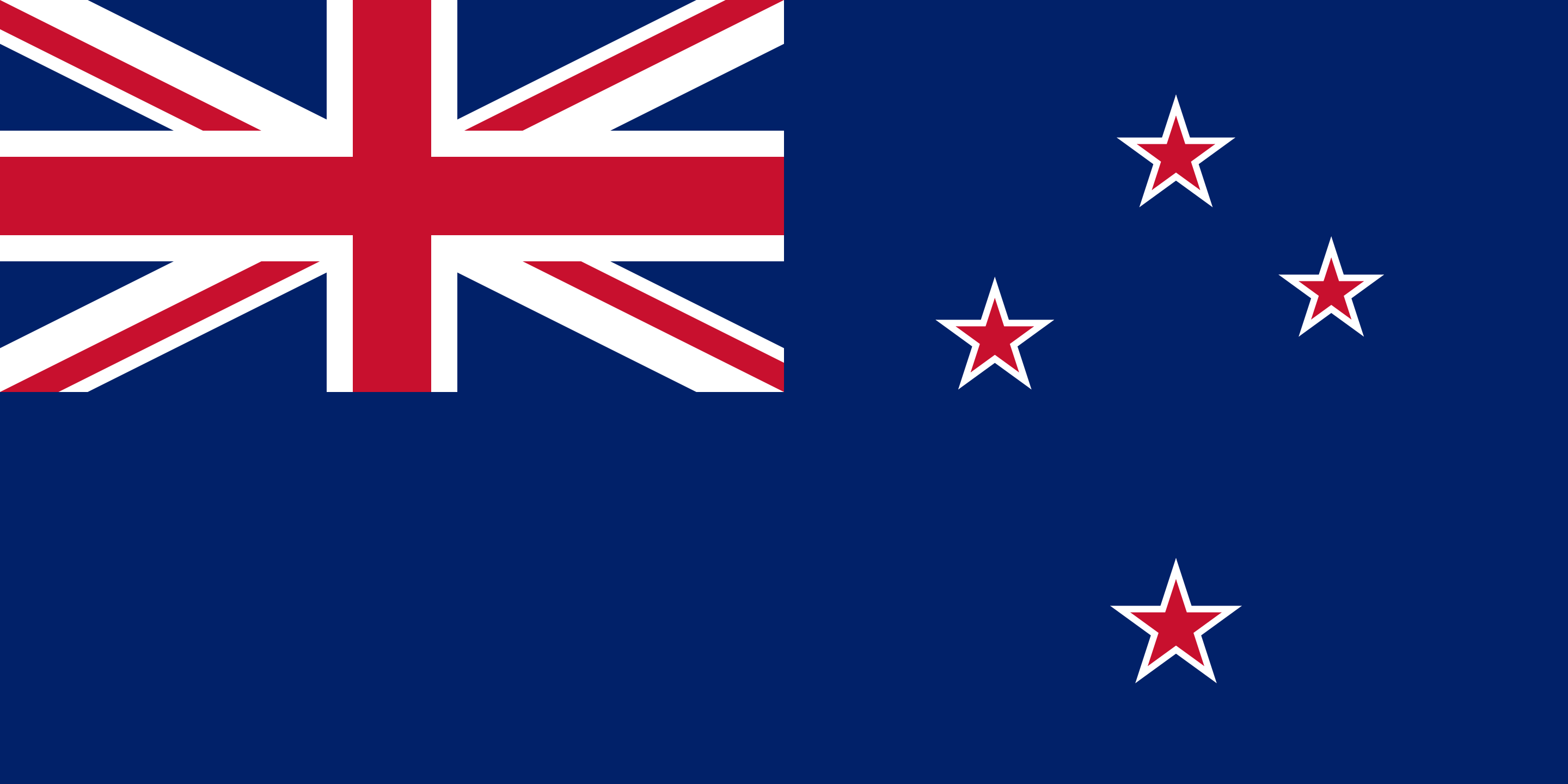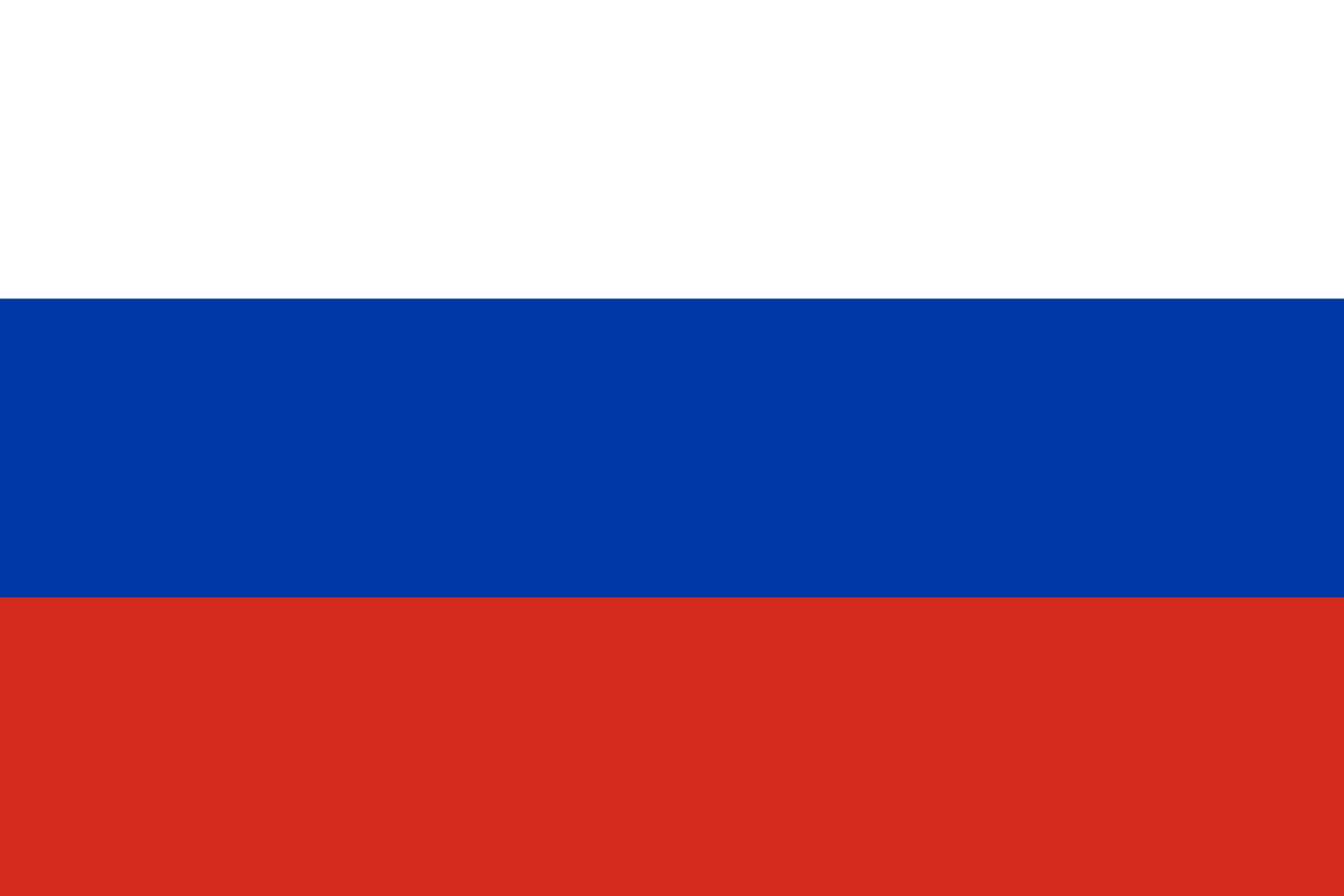- Jul 2, 2018
- 3,484
A message would be sent back to the Japanese.
"Dear Rear Admiral Kuruma,
We thank you for your reaching out and dispatchment of the humantarian fleet. You may use Devonport Naval Base as a base of operations. We do ask that you focus your relief efforts on high priority countries though due to you tranversing the area we ask you check on the following countries/territories and do some surveillance around them with what I hope, aircraft you have onboard. Check on the extent of damage and the accessibility of aircraft and watercraft. They are:
- Nauru
- Vanuatu
- New Caledonia
- Papua New Guinea
- Solomon Islands
- Federated States of Micronesia
- Guam
- Marshall Islands
- Northern Mariana Islands
- Palau
- Norfolk Island
We thank you for your efforts and hope to see you soon.
Sincerely,
Rear Admiral Fred Wilson
Chief of Naval Staff, Royal New Zealand Navy."
"Dear Rear Admiral Kuruma,
We thank you for your reaching out and dispatchment of the humantarian fleet. You may use Devonport Naval Base as a base of operations. We do ask that you focus your relief efforts on high priority countries though due to you tranversing the area we ask you check on the following countries/territories and do some surveillance around them with what I hope, aircraft you have onboard. Check on the extent of damage and the accessibility of aircraft and watercraft. They are:
- Nauru
- Vanuatu
- New Caledonia
- Papua New Guinea
- Solomon Islands
- Federated States of Micronesia
- Guam
- Marshall Islands
- Northern Mariana Islands
- Palau
- Norfolk Island
We thank you for your efforts and hope to see you soon.
Sincerely,
Rear Admiral Fred Wilson
Chief of Naval Staff, Royal New Zealand Navy."



